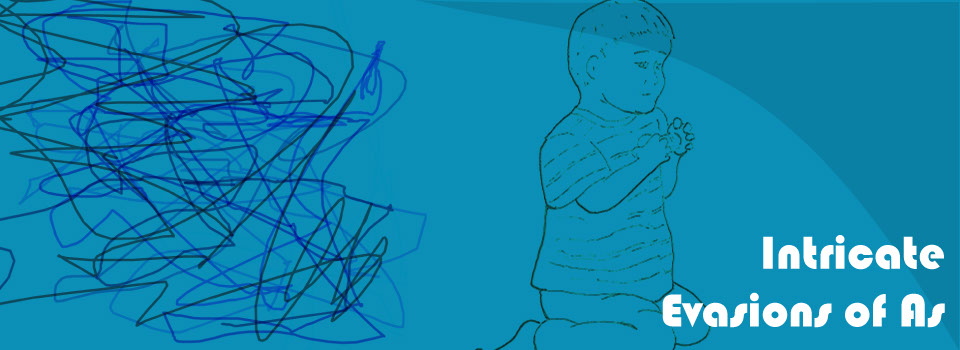
x
Contents
Home
Home
Home

Comics-at-Hand
I want to bring us back to comics, to discourse and figure. Though this may do some disservice to Heidegger’s terms, we can see a certain tendency for text to act more as ready-to-hand and image to act as present-at-hand. With text, we are encouraged to look through, into the content, beyond the medium itself. With image, we are encouraged to look at, seeing brushstrokes, lines, curves, drops, and the medium itself. This is more true of the discourse|figure distinction than of text vs. image. Discourse concerns itself primarily with meaning, not form. Figure, on the other hand, cares intimately about form and content, constantly deconstructing that binary.
None of this is to say that text does not reflect. I have already given multiple examples of texts that reflect and of texts that engage in the interplay of discourse and figure. While my examples have all been contemporary so far, we could of course include Tristram Shandy, the Book of Kells, and any number of other documents in a list of metatexts engaging in the interplay of figure and discourse. As Lyotard argues, there is no discourse without figure.
However, in text (and here I am speaking primarily of print or digital alphabetic artifacts, not Derrida’s general text) the distinction between looking through and looking at is sharp. In text reflexivity often causes humor, shock, a distinct shift in reading modes. On the other hand, visual arts lend themselves to reflection more readily. In paintings, for instance, it is not uncommon to shift easily from symbolic readings to noticing shading, color, line, stroke, and so on. The shift occurs more easily in the realm of the figural. Note especially here that discourse equals looking through, but figure does not necessarily equal looking at. Instead, the figural consists of interplay, oscillation. This can be seen our discussion of the Mœbius strip. The figural is the quasitranscendental pseudarchè of the discursive. The discursive is never truly isolated from the figural.
Comics encourage this interplay in a variety of ways. First, by juxtaposing images and text, readers are forced to oscillate between reading (looking through) and seeing (looking at). However, comics complicate this by having readers see words and read images, as shown throughout the Heterotopia nexus. In fact, this oscillation regularly happens in each element: reading the image while reflecting on its composition, seeing the text balloon and reflecting on how its content relates to its form in subtle and informative ways. This interplay is central to reading comics; in my own experience, more central even than the closure of the gutter.

